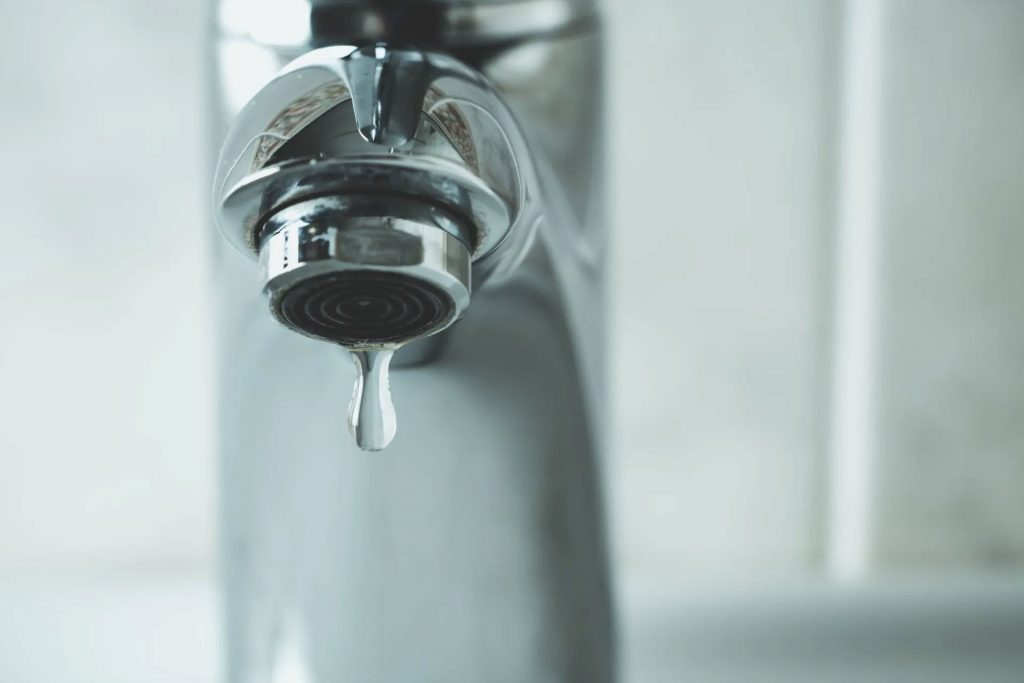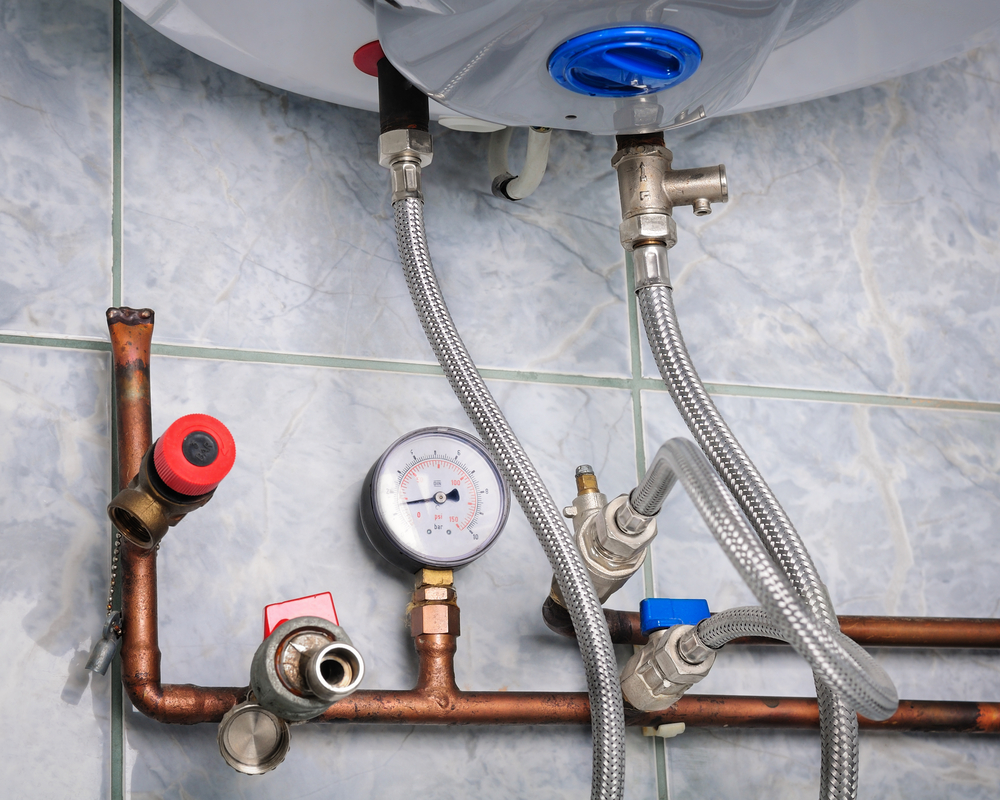In this article below you will find additional really good news concerning 4 Ways to Troubleshoot Low Water Pressure.

Low water pressure in your house can be an aggravating issue, impacting every little thing from showering to cleaning recipes. If you're experiencing weak water flow, there are numerous possible reasons and options to discover. In this guide, we'll review typical factors for low tide pressure and functional actions to attend to the concern efficiently.
Introduction to Low Tide Pressure
Low tide stress takes place when the circulation of water from your taps, showers, and various other components is weaker than typical. This can make daily tasks much more tough and less reliable. Understanding the causes of low water stress is critical to finding the best option.
Typical Sources Of Low Water Stress
Pipeline Obstructions
With time, pipes can end up being blocked with mineral deposits, sediment, or debris, limiting the circulation of water. This is a typical concern in older homes with galvanized steel pipes.
Corrosion
Corrosion within pipelines can lead to leakages and lowered water stress. Corrosion buildup can tighten water flow, specifically in aging plumbing systems.
Faulty Stress Regulatory Authorities
Pressure regulatory authorities are in charge of maintaining regular water stress in your house. If they malfunction, it can lead to low water pressure or unequal circulation throughout your house.
Metropolitan Supply Of Water Issues
In some cases, the issue exists outside your home. Local water issues, such as main line leakages or maintenance job, can temporarily decrease water pressure in your location.
Exactly How to Detect Low Water Stress
Examining Taps and Components
Beginning by checking the water pressure at various taps and components throughout your home. If the issue is isolated to particular areas, it may indicate localized troubles.
Evaluating Pipelines
Examine visible pipelines for signs of leakages, rust, or clogs. Pay attention to any kind of uncommon audios, such as knocking or rattling pipes, which might suggest issues within the plumbing system.
Consulting with a Plumber
If you're incapable to identify the source of low water stress, consider hiring a professional plumber to carry out an extensive examination. They can determine underlying issues and recommend ideal remedies.
DIY Solutions to Take Care Of Low Tide Pressure
Cleansing Aerators and Showerheads
Mineral deposits can collect in aerators and showerheads, lowering water circulation. Eliminate and cleanse these parts regularly to improve water pressure.
Flushing Water Heater
Sediment build-up in the water heater can limit circulation and lower effectiveness. Flushing the container occasionally aids get rid of debris and keep optimal performance.
Examining Stress Regulator
Guarantee that the pressure regulator is operating correctly. Changing or changing the regulatory authority can aid restore proper water pressure throughout your home.
Clearing Clogs in Pipes
For small clogs, attempt utilizing a plumbing serpent or chemical drain cleaner to clear obstructions in pipes. Beware when utilizing chemicals and comply with safety and security standards.
When to Call an Expert Plumber
If do it yourself efforts stop working to fix the concern or if you presume considerable plumbing troubles, it's finest to seek support from an accredited plumber. They have the know-how and devices to address complex concerns safely and successfully.
Preventive Measures to Preserve Water Pressure
Regular Upkeep
Arrange routine maintenance for your plumbing system to prevent concerns such as corrosion, leakages, and obstructions. Attending to small issues early can assist stay clear of even more significant repair work in the future.
Setting Up a Pressure Booster
Consider setting up a pressure booster pump to enhance water pressure in locations with consistently reduced circulation. This can be especially advantageous for multi-story homes or homes with high-demand components.
Monitoring Water Usage
Bear in mind water usage behaviors and prevent ill-using the plumbing system. Easy changes, such as shocking showers and washing tons, can help preserve ample water stress.
Final thought
Dealing with low water pressure can be discouraging, but recognizing the underlying reasons and carrying out appropriate services can bring back ideal flow throughout your home. Whether it's cleansing aerators, evaluating pipes, or talking to a plumber, taking aggressive actions can guarantee a consistent supply of water for your day-to-day needs.
FOUR WAYS TO FIX LOW WATER PRESSURE NOW
Turning on a shower or faucet only to find the water comes out in a sad, slow drizzle is never a good feeling. How exactly are you supposed to wash a pan or take a quick shower when it takes 10 minutes just to rinse off a little soap? The good news is that when your water pressure is bad, there's always a cause: typically one that can be easily fixed. Here are some of the most common causes of low pressure and what you can do to fix the issue:
DEBRIS AND MINERAL DEPOSIT BUILDUPS
If you notice low water pressure from just one or two of the fixtures in your house, the problem likely has to do with debris buildup. Water is full of minerals and other debris, all of which can accumulate in your pipes and on your fixtures. This can cause a blockage that affects how much water flows through. To fix this, try filling a small plastic bag with white vinegar, and use a rubber band to hang it around your showerhead or faucet. Let the head of the fixture soak for a few hours, and the vinegar should loosen the deposits.
WATER LEAKS
Leaks are another common cause of low water pressure. If water is flowing out of your plumbing through a hole or crack before it can reach your fixture, the pressure coming out of the faucet or showerhead will be lower. A plumbing professional is your best bet for finding and repairing a leak in your water supply pipes.
Leaks are another common cause of low water pressure. If water is flowing out of your plumbing through a hole or crack before it can reach your fixture, the pressure coming out of the faucet or showerhead will be lower. A plumbing professional is your best bet for finding and repairing a leak in your water supply pipes.
FOUR WAYS TO FIX LOW WATER PRESSURE NOW
Turning on a shower or faucet only to find the water comes out in a sad, slow drizzle is never a good feeling. How exactly are you supposed to wash a pan or take a quick shower when it takes 10 minutes just to rinse off a little soap? The good news is that when your water pressure is bad, there's always a cause: typically one that can be easily fixed. Here are some of the most common causes of low pressure and what you can do to fix the issue:
DEBRIS AND MINERAL DEPOSIT BUILDUPS
If you notice low water pressure from just one or two of the fixtures in your house, the problem likely has to do with debris buildup. Water is full of minerals and other debris, all of which can accumulate in your pipes and on your fixtures. This can cause a blockage that affects how much water flows through. To fix this, try filling a small plastic bag with white vinegar, and use a rubber band to hang it around your showerhead or faucet. Let the head of the fixture soak for a few hours, and the vinegar should loosen the deposits.
WATER LEAKS
Leaks are another common cause of low water pressure. If water is flowing out of your plumbing through a hole or crack before it can reach your fixture, the pressure coming out of the faucet or showerhead will be lower. A plumbing professional is your best bet for finding and repairing a leak in your water supply pipes.
Leaks are another common cause of low water pressure. If water is flowing out of your plumbing through a hole or crack before it can reach your fixture, the pressure coming out of the faucet or showerhead will be lower. A plumbing professional is your best bet for finding and repairing a leak in your water supply pipes.
A VALVE ISSUE
If you have low water pressure throughout your home, check your main shut-off valve to make sure it's completely open. You may also want to see if there's a pressure-reducing valve installed. If there is, have a plumber help you adjust the settings to get the pressure you're looking for.
OTHERS USING WATER
Believe it or not, your low water pressure could be caused by your neighbors. If you notice low pressure at certain times of day, it may be because you and the people living next to you have similar schedules - when everyone is showering at the same time, the pressure will be lower in every home. Low pressure throughout the neighborhood may also be caused by an issue with your municipal water supply. If that's the case, call the supplier to see if they're working on the issue.
https://www.rotorooter.com/blog/water-leaking/low-water-pressure-fixes/

As a serious reader on 9 Reasons for Low Water Pressure in Your House, I assumed sharing that piece of content was a good thing. Are you aware of another person who is serious about Dealing with Low Water Pressure in Your Home? Be sure promote it. I enjoy reading our article about Dealing with Low Water Pressure in Your Home.
Website